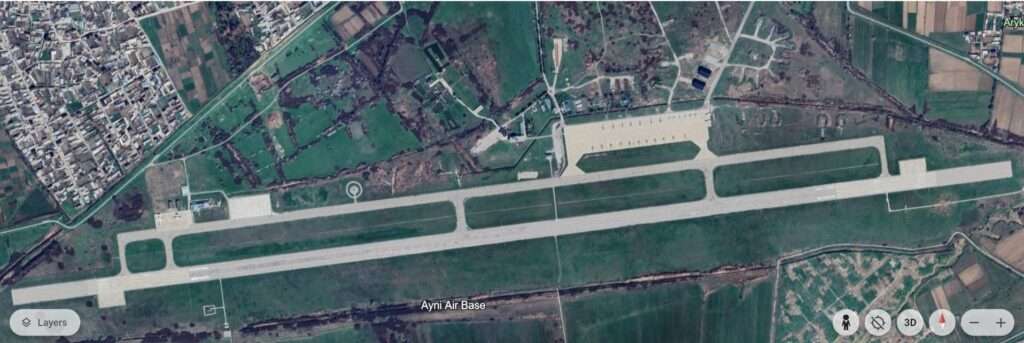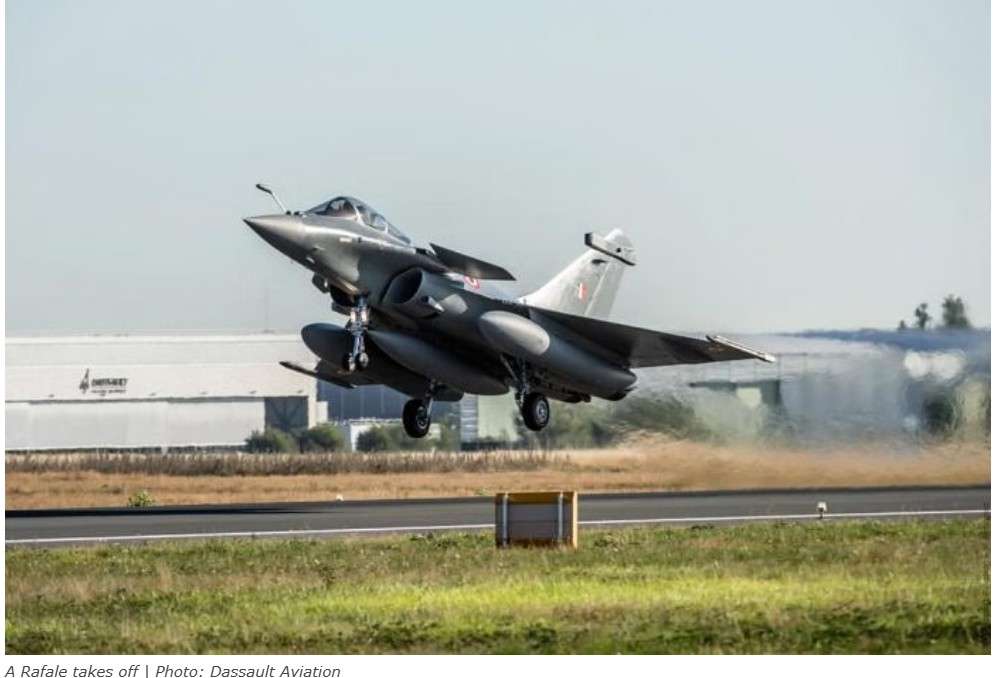As military tensions rise between India and Pakistan after the Pahalgam terrorist attacks, India’s strategic presence at the Ayni airbase, also known as Gissar Air Base in Tajikistan, is becoming crucial in South Asia’s security landscape. This base, near Dushanbe, is under renewed attention by military analysts and strategists as a potential deterrent and launch site for India’s military operations.
This is particularly relevant given that India’s Prime Minister, Mr. Narendra Modi, has reportedly granted the Indian armed forces full ‘operational freedom’ to determine the method, target, and timing of any retaliatory actions against the neighbouring adversary in response to the April 2025 terrorist attack in the Baisaran valley of Pahalgam.

Historical background of Ayni airbase
India’s engagement with Ayni has a history spanning almost twenty years, initiated by the insights gained from the 1999 Kargil conflict and a wider initiative to enhance its strategic influence in Central Asia. Following the Soviet withdrawal, which rendered the then Gissar Military Aerodrome (GMA) inactive, India, with the assistance of Tajikistan and Russia, embarked on the base’s modernisation. This upgrade allowed the base, commonly referred to as Ayni airbase, to accommodate heavy transport and combat aircraft, including the temporary stationing of Indian Air Force (IAF) Su-30MKI fighter jets.
Key Past Uses of Ayni Airbase
The Ayni airbase has been strategically vital for India, particularly during the 2021 Afghanistan crisis. Following the Taliban’s swift takeover and the U.S. forces’ withdrawal, India urgently needed to evacuate its citizens and diplomats. The Indian Air Force utilized Ayni as a key operational hub, deploying C-17 and C-130J aircraft to airlift 87 Indians from Kabul, showcasing the airbase’s logistical importance during this international emergency.
Besides, the base has enabled India to maintain a continued presence in Central Asia, allowing for temporary deployments of Su-30MKI fighter jets and providing a platform for intelligence, surveillance, and reconnaissance (ISR) missions in the region.
Ayni’s strategic role amidst current Indo-Pak tensions
The ongoing standoff between India and Pakistan has elevated Ayni’s strategic significance. Following the Pahalgam attacks, Pakistan has activated its air defence systems and moved military assets closer to the Indian border, fearing an imminent Indian strike. Traditionally, Pakistan has focused on securing its eastern border with India, often neglecting its western and northern borders with Afghanistan. The US operation Neptune Spear, which killed Osama bin Laden, has already highlighted Pakistan’s weak air defences along its western border.
Consequently, the mere presence of an Indian Air Force base in Tajikistan may force Pakistan to rethink its military strategy, reallocating resources like air defence systems from the eastern front to the northern and western fronts. This shift could strain Pakistan’s limited military resources, weakening its defences along the Line of Control and the India-Pakistan border.
Ayni is about 20 kilometres from Pakistan-occupied Kashmir, enabling India to project air power and conduct intelligence missions over northern Pakistan, including cities like Peshawar and Islamabad, which are within 500–600 kilometres of the base. Drones and manned aircraft could monitor troop movements, and the base could also support electronic and cyber operations to disrupt Pakistan’s western communication networks.
Operational & diplomatic constraints
Ayni’s utility, however, is subject to certain limitations. Although Tajikistan maintains a cordial relationship with India, it experiences significant pressure from Russia, China, and neighbouring Islamic nations to restrict foreign military operations within its territory. Despite the base being operational and managed by Indian staff, Tajikistan has officially declared that only Russian troops are authorized to utilize it for combat operations. Additionally, India must obtain overflight permissions from Afghanistan, where the new Taliban government introduces further complications.
Conclusion
While its full military potential is yet to be realized, for India, the Ayni airbase nevertheless serves as a key psychological asset and strategic deterrent, exerting substantial influence on any potential conflict with Pakistan. The mere presence of this base compels Pakistan to stretch its surveillance and defences, especially on its western front, thus complicating its military planning during such periods of heightened strain as in the present.

